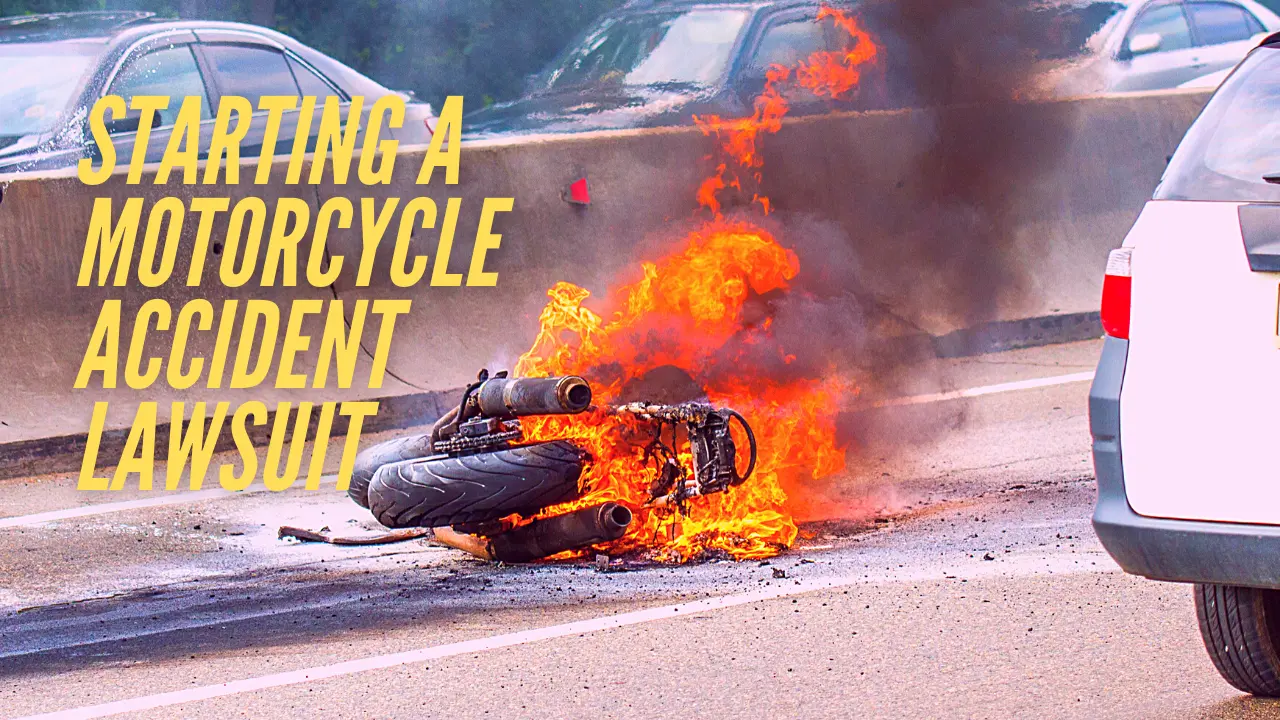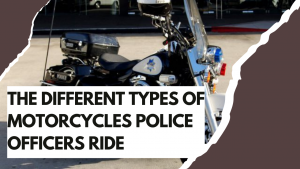Despite the increasing number of motorcycle accidents, riding a motorcycle remains a convenient and exciting activity for many people. This is why it is even more vital that you know your legal rights so that should be you get involved in a motorcycle accident, you would know what legal steps to take and who to hold accountable for your losses and damages.
However, taking the legal route will not be a walk in the park. On top of the physical and emotional suffering, dealing with all the legal consequences will also give you additional stress. Whatever path you end up taking—be it settlement or trial—the challenges and complications will always be present.
But if you really want to take your case to court, here are five steps on how to build a strong motorcycle accident lawsuit:
• Hire an experienced motorcycle accident attorney.
• Gather evidence to support your case.
• Prove your claim by establishing the negligence of the at-fault party.
• Put an amount to your claim.
• Decide if you want to settle or take the case to court.
How do you build a strong motorcycle accident lawsuit?

1. Hire an experienced motorcycle accident attorney.
After surviving the accident, hiring an experienced motorcycle accident attorney should be your top priority. Your lawyer will help you understand your legal rights and record every single detail of your misfortune while the events are still raw in your mind, so you must seek legal help as soon as you can.
Your lawyer is also responsible for retrieving the following information to process your personal injury claim:
• Your driver’s license and other vehicle registration documents
• Your social security number
• Your employment details
• Information about your motorcycle’s insurance, if you have any
• Information about your health insurance coverage, if you have any
• Information about your involvement in previous accidents, if there are any
• Information about previous personal injury claims you have filed, if there are any
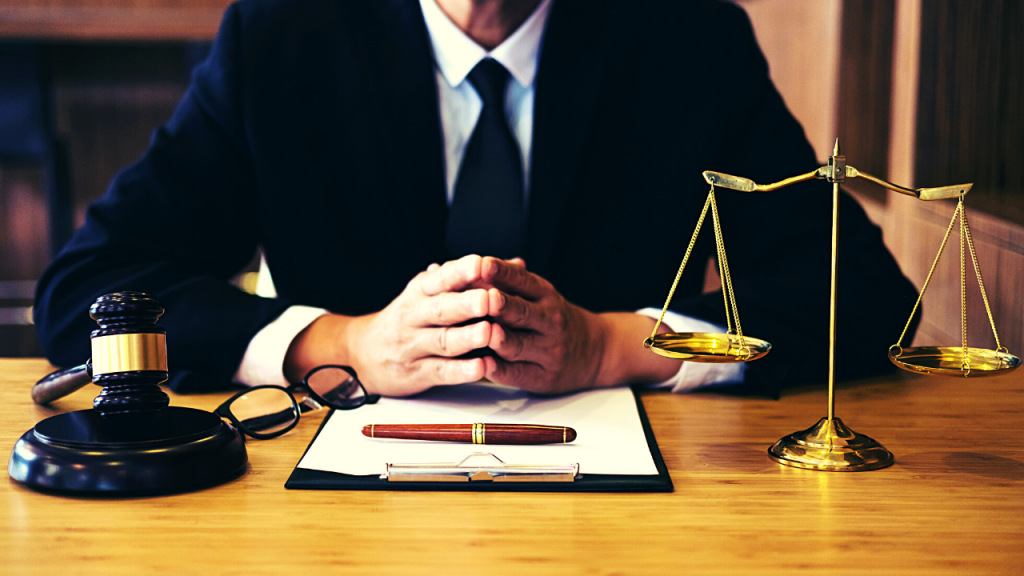
Once your lawyer has obtained all these details, an investigation should begin shortly. So the sooner you get a lawyer, the sooner your personal injury claim is processed.
In some states, lawyers work on a contingency basis and let their clients sign a retainer agreement. This means that you do not owe your lawyer any money unless he or she gets you a favorable settlement amount or verdict.
2. Gather evidence to support your case.
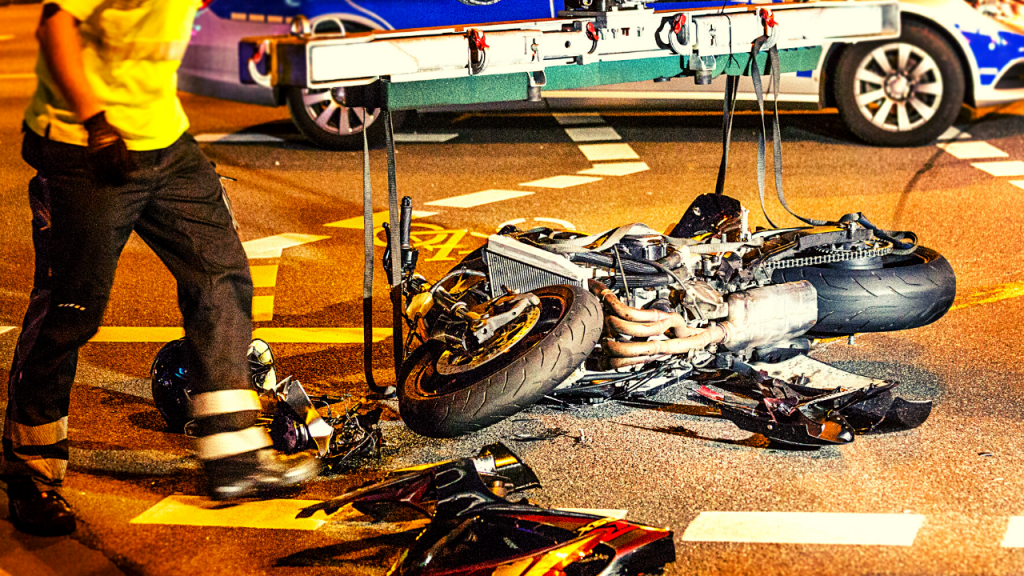
The next course of action is to gather evidence against the at-fault party. You will need this to prove that they are liable for the damages you incurred and your injuries.
After your initial meeting with your lawyer, they must obtain a copy of the police report detailing your accident. This document has valuable information—like the events that led to the accident and factors such as the weather or traffic situation at the time of the crash—that could be vital for your case.
The police report also identifies people present at the scene and witnessed the accident. Once the witnesses are identified, your lawyer should begin speaking to them to know if they have essential information that will strengthen your case.
The witnesses may then be asked to provide sworn testimonies by submitting affidavits or depositions. Doing this will preserve trial evidence and ensure that the witnesses do not change their version of how the accident happened.
Your lawyer should also speak to the police and the witnesses about pictures that they may have taken at the scene of the accident. These are crucial pieces of evidence that can help prove who was responsible for the accident.
3. Establish negligence of the at-fault party.
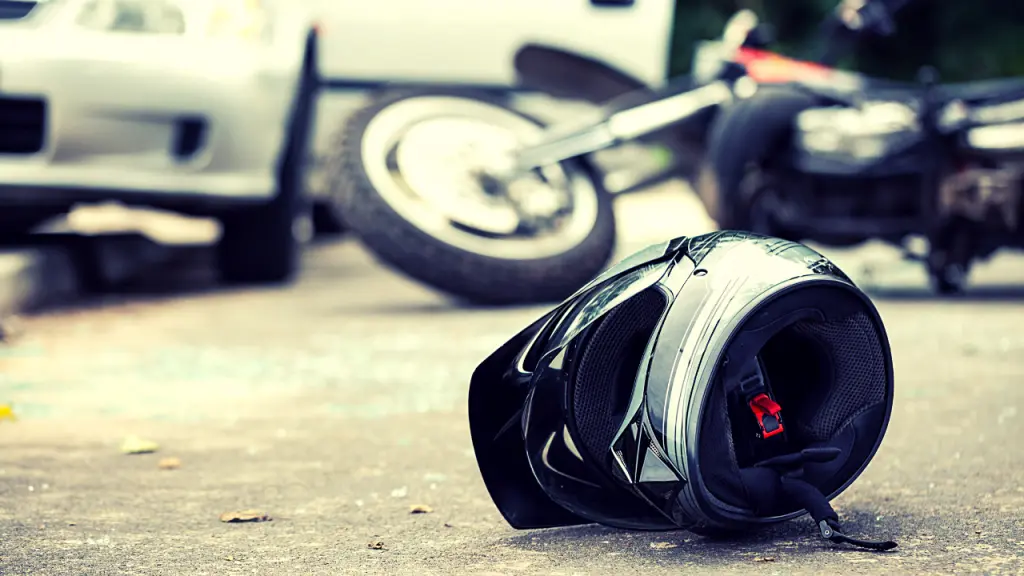
Once your lawyer has gathered sufficient evidence, it is now time to establish the other party’s negligence.
In the context of motorcycle accidents, negligence is the failure to be responsible on the road, leading to another person’s injury or loss. Some examples of negligent behavior include failure to obey traffic laws, not adhering to the speed limit, suddenly changing lanes without making any signals, and driving while under alcohol.
Suppose you can prove that the at-fault party has exhibited any of the negligent behaviors mentioned above. In that case, you can demand compensation for any damage and injury that came as a result of your accident.
4. Put an amount to your claim.

No two motorcycle accidents are the same, so there is no fixed compensation amount, and the sum of damages will vary for each motorcycle accident victim depending on the factors of each case. Nevertheless, you and your legal counsel must take into account all the damages you incurred and injuries you sustained so that you are compensated accordingly.
In a motorcycle accident lawsuit, damages are either compensatory or punitive.
Compensatory damages include hospitalization costs, treatment costs, therapy costs, lost wages, and injuries to your motorcycle.
If you are pursuing damages for your medical expenses, your lawyer can use your medical records and narrative reports prepared by your attending physicians. If you are seeking damages for lost wages, your lawyer can obtain a copy of your payslips and tax returns to serve as evidence.
Meanwhile, punitive damages are those that cannot be measured exactly and do not have a fixed monetary equivalent. These include pain, suffering, loss of enjoyment of life, and emotional distress.
5. Decide if you want to settle or take the case to court.

Only a small percentage of motorcycle accident lawsuits proceed to trial because the majority of the cases are already settled beforehand. Trials take a long time, are expensive, and do not guarantee a favorable verdict, so it is not surprising that many victims just agree to a settlement.
But ultimately, the final decision is still up to you. To help you decide which path to take, here are some of the things you should expect in a settlement and a trial.
Settling your case

Once you complete treatment for your injuries and all necessary evidence has been gathered, your lawyer should prepare a demand letter to be sent to the at-fault party’s insurance company. Once the letter is received, the insurance adjusters must review the demand and the evidence before issuing a response.
Should the insurance company accept fault for the accident on behalf of its insured client, an initial offer will be made. Your lawyer should advise if the offer is fair and acceptable.
Some factors can help you decide whether to settle or not. These include the settlement amount, your risk appetite, and your likelihood of winning the trial. If both you and the insurance company are on the same page, then it is likely that you will not need to go to trial anymore.
However, if the insurance company refuses your demands, your lawyer will then proceed to file a lawsuit and take it to court. Once the lawsuit is filed, the discovery period will follow. During this period, you will have to answer interrogatories and sit for a deposition.
The at-fault party’s insurance company may offer another settlement after the discovery period. But if you still find the settlement amount unfair, the court will now schedule the trial and assign the case to a judge.
Taking the case to court

Once a decision has been made to reject the settlement offer, the trial has been scheduled, and the case has been assigned to a judge, it is now time for you and your legal counsel to pick a jury. Both you and the at-fault party have the right to select jurors who you think are likely to issue a favorable verdict.
Once a jury is sworn, evidence will then be presented by the legal counsel of both parties. You may have to testify and answer questions during cross-examination in some cases. Your lawyer may also call other valuable witnesses to the stand.
Both sides will also present testimonies from medical professionals to issue an opinion regarding the nature and extent of the injuries you sustained in the accident.
Once both parties have presented all evidence at their disposal, it is now up to the jury to decide who was responsible for the accident. The jury will also determine the number of damages that should be awarded to you. However, jury decisions are hard to predict, which is why most victims end up settling to avoid going through more stressful legal proceedings.

